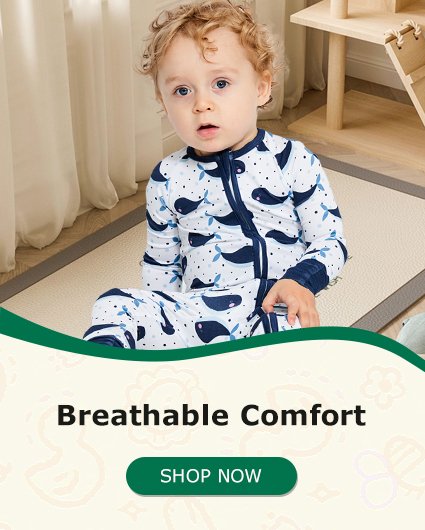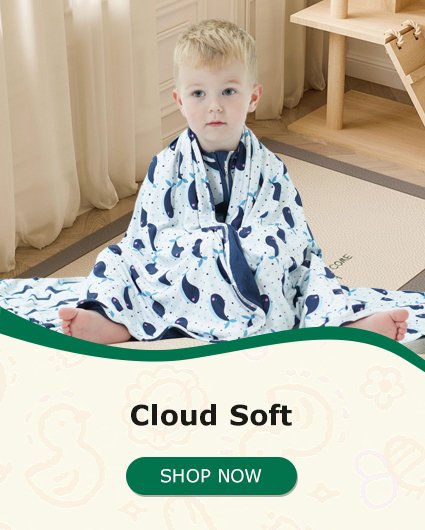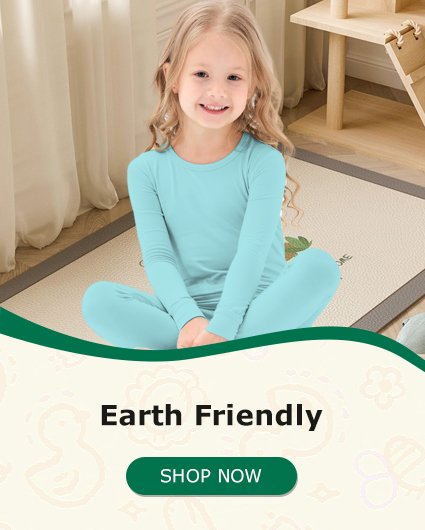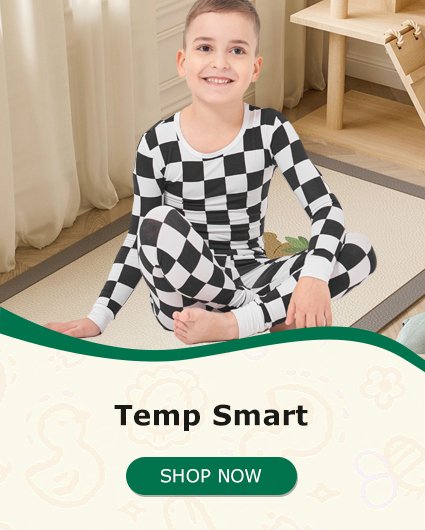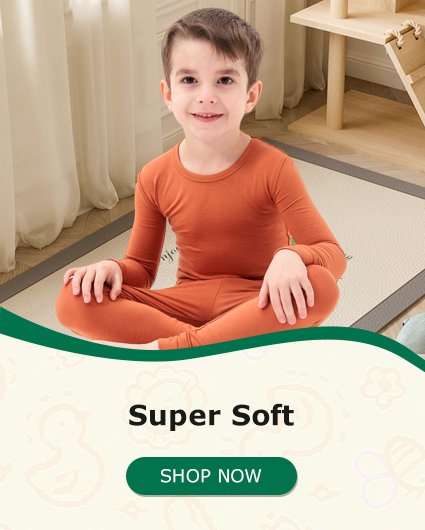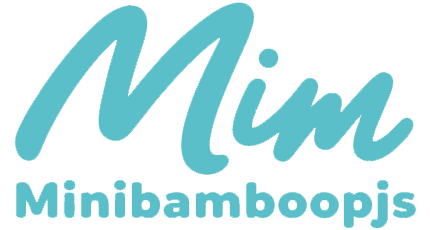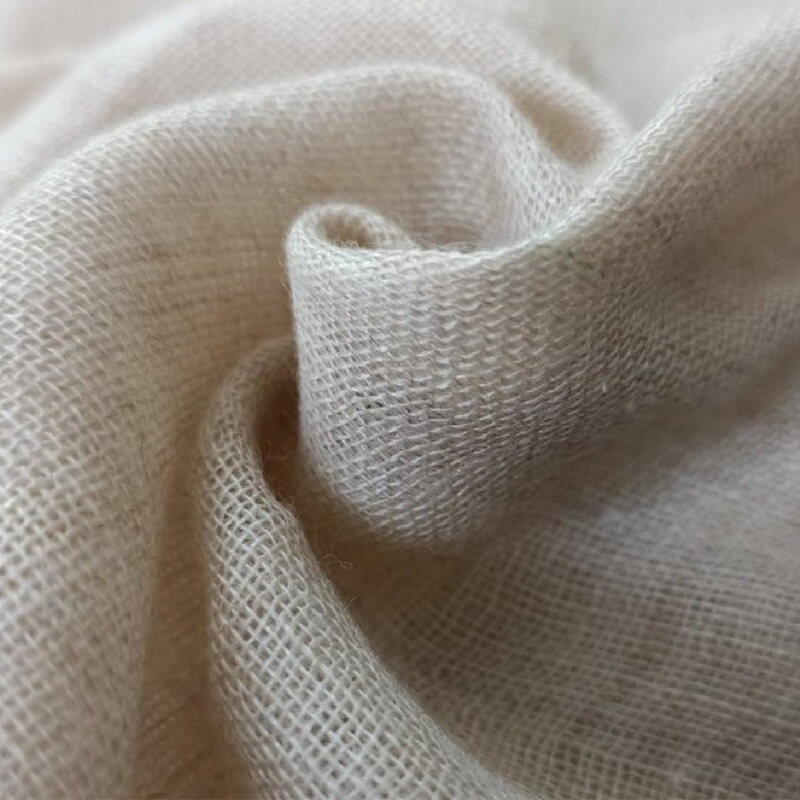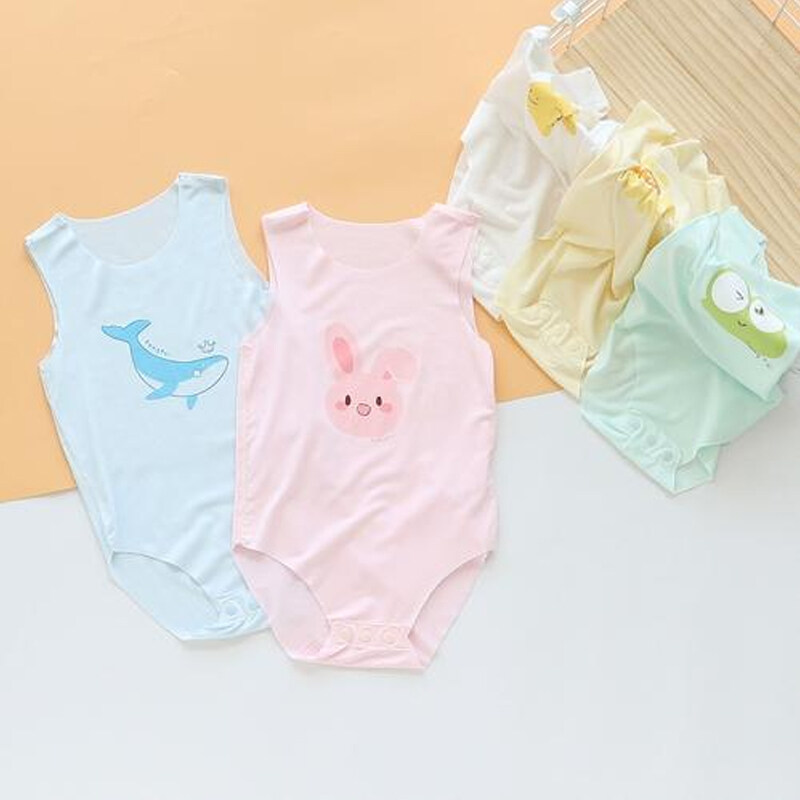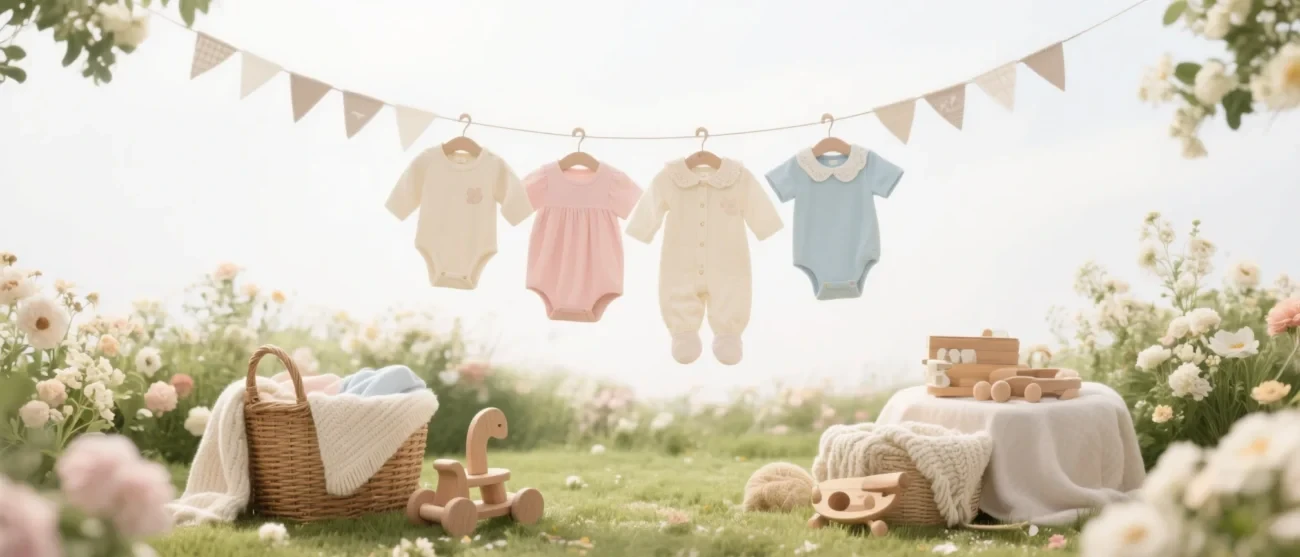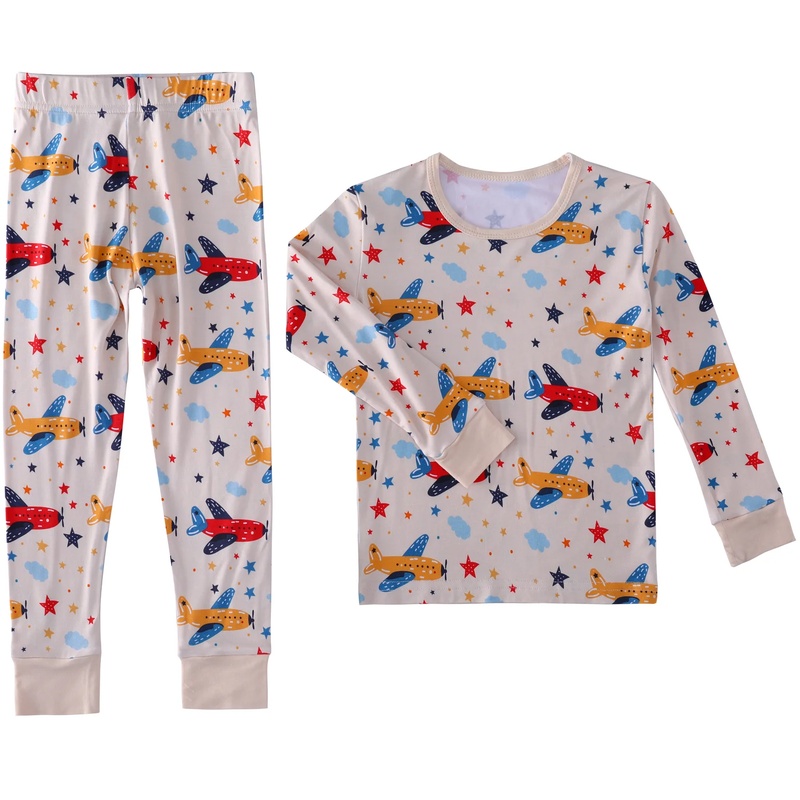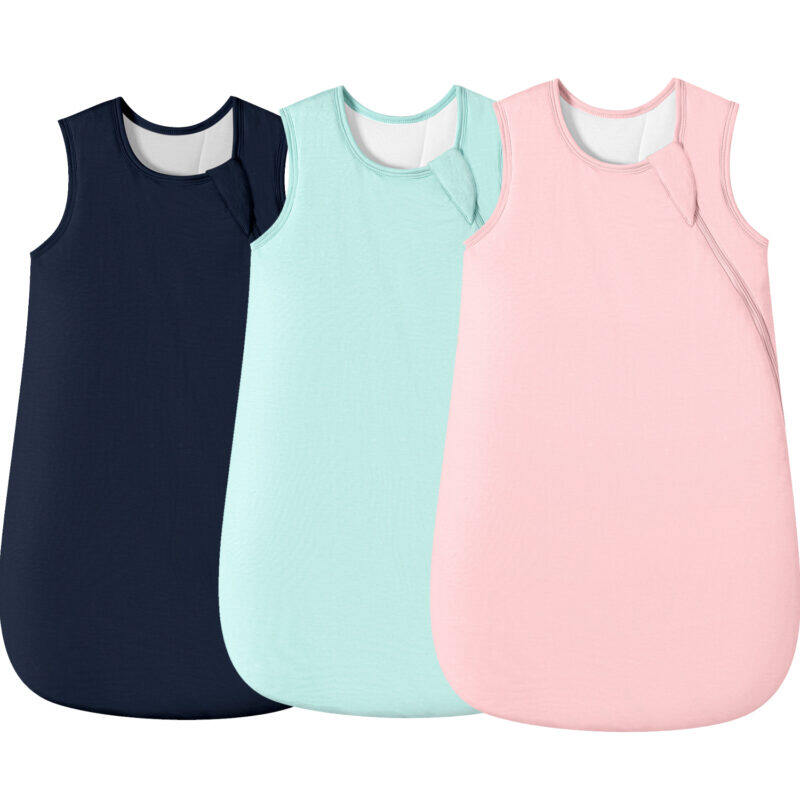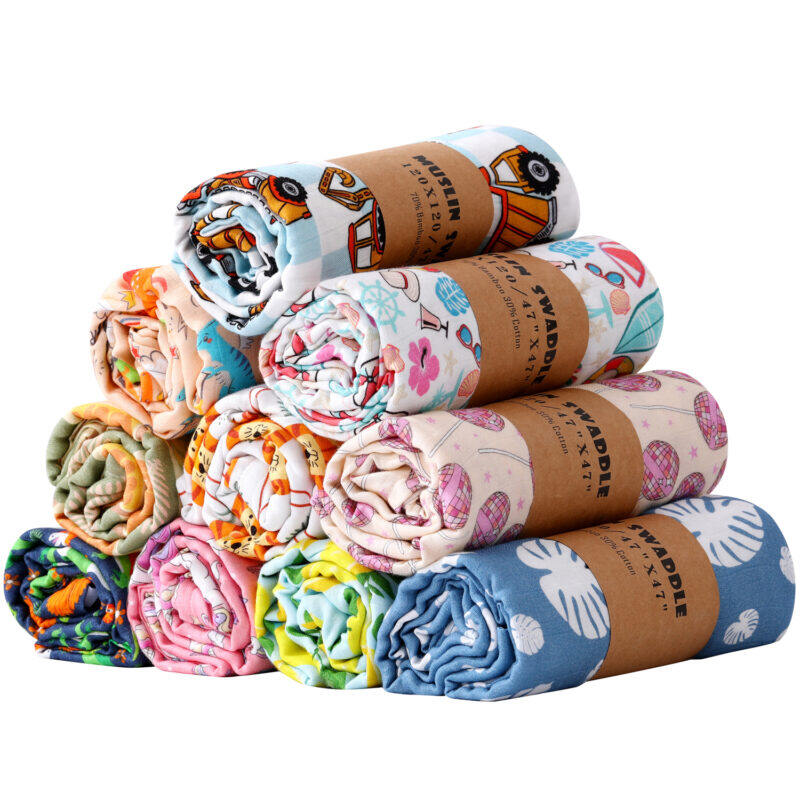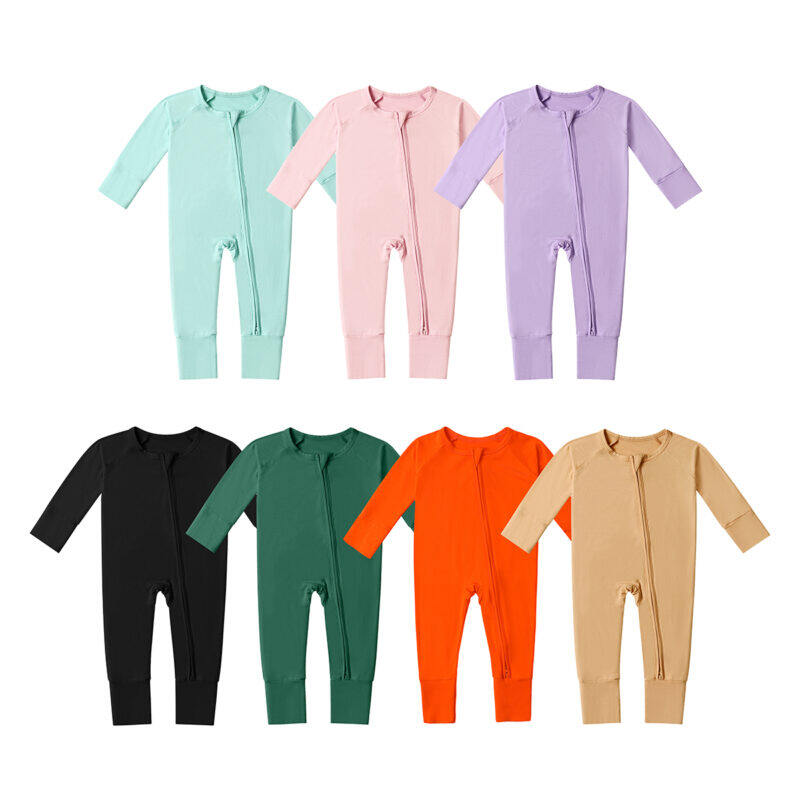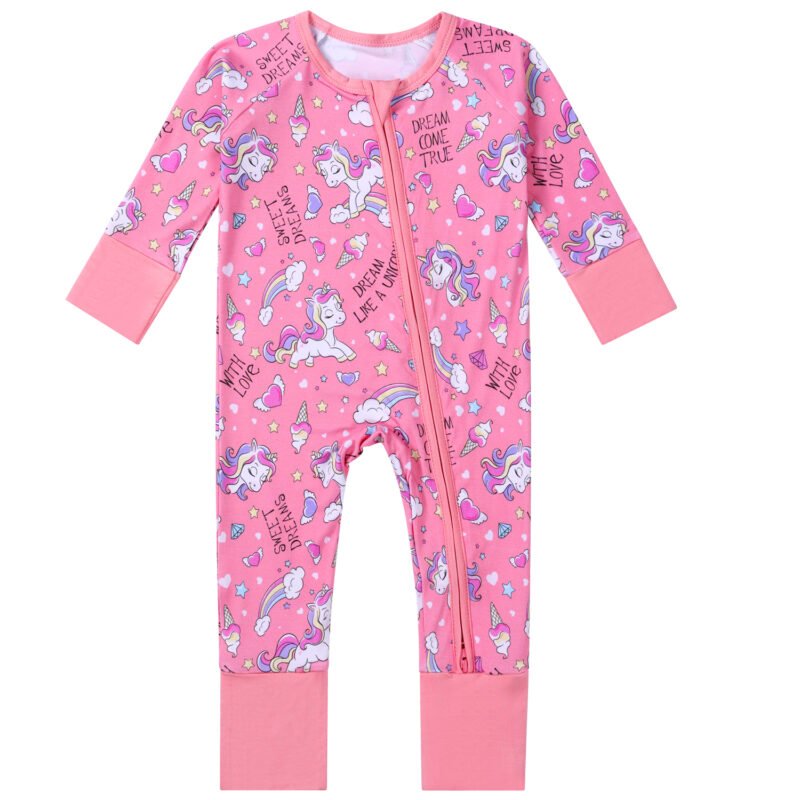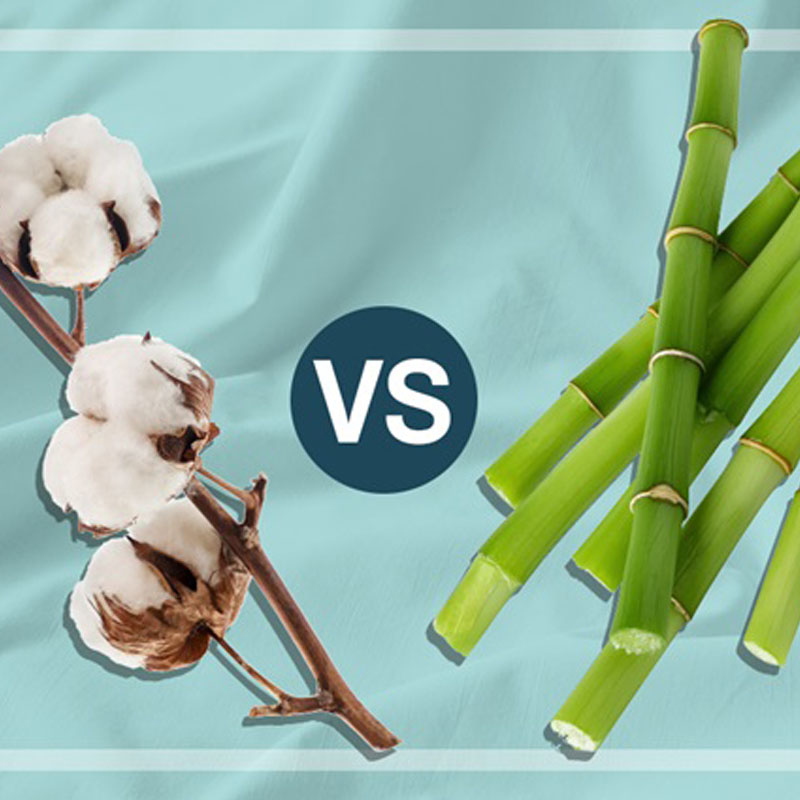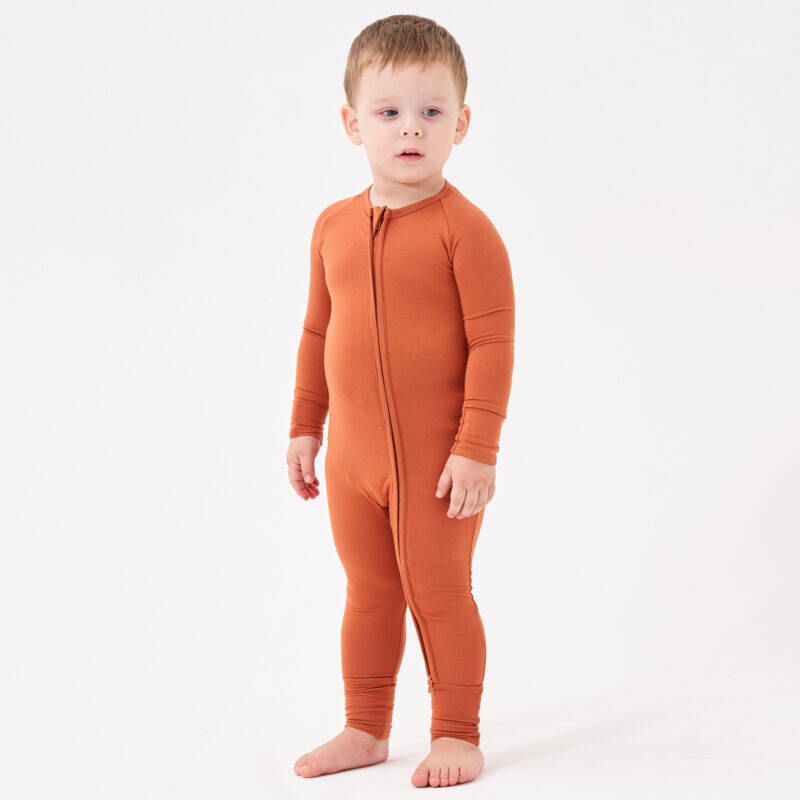The Difference Between Bamboo Rayon, Bamboo Viscose, 100% Bamboo, and Bamboo Lyocell

Bamboo has become one of the most talked-about fabrics in the textile world—and for good reason. It’s luxuriously soft, naturally breathable, hypoallergenic, and surprisingly durable. Plus, it’s sustainable, growing faster and using fewer resources than cotton or other natural fibers.
But when you shop online, you’ll notice that bamboo fabrics don’t always carry the same label. Terms like rayon, viscose, 100% bamboo, or lyocell often appear on tags, which can feel confusing. Are they the same thing? Are some better than others?
The truth lies in how each type of bamboo fabric is made. Let’s break it down:
Bamboo Rayon
Bamboo rayon is created by taking the cellulose from bamboo and dissolving it with solvents, turning it into a thick solution that is then spun into soft fibers.
Features:
- Feels silky smooth, with the softness of silk and the breathability of cotton
- Excellent thermal regulation—cool in summer, warm in winter
- Naturally hypoallergenic and antimicrobial
- Highly absorbent, making it perfect for sleepwear and activewear
Note: While bamboo rayon offers amazing comfort, the process involves chemical treatments, so it’s not the most eco-friendly version of bamboo fabric.
Bamboo Viscose
Bamboo viscose is often used interchangeably with bamboo rayon, but technically, viscose is derived directly from bamboo pulp instead of just cellulose. The manufacturing process is similar, but slightly different chemicals are used.
Features:
- Drapes beautifully, making it ideal for clothing and bedding
- Silky to the touch with a cotton-like feel
- Breathable, lightweight, and comfortable
- Hypoallergenic and bacteria-resistant
Note: Like rayon, the viscose process also relies on chemical treatments and is less environmentally friendly.
100% Bamboo
When you see a label that says “100% Bamboo,” it usually means the fabric is made entirely from bamboo rayon or viscose, without blending in other materials like cotton or polyester.
Features:
- Pure bamboo softness with no fillers
- Great for people with allergies or sensitive skin
- Offers all the benefits of bamboo—breathability, absorbency, and comfort
Tip: Always check if the “100% bamboo” claim specifies rayon, viscose, or lyocell to understand exactly what you’re buying.
Bamboo Lyocell
Bamboo Lyocell is considered the most eco-friendly bamboo fabric. The production method uses a closed-loop process, where nearly all the water and solvents are recycled and reused, minimizing waste and pollution.
Features:
- Luxuriously silky, smooth, and lightweight
- Strong and durable while remaining soft
- Highly absorbent and moisture-wicking
- Wrinkle-resistant and cooling—great for hot sleepers
- Environmentally friendly production with minimal waste
Note: Sometimes called the “third generation bamboo fabric,” lyocell is more sustainable than rayon or viscose.
Which Bamboo Fabric Is Best?
If sustainability is your top priority, bamboo lyocell is the winner thanks to its eco-friendly production. However, rayon and viscose are still excellent in terms of softness, absorbency, and comfort, and are widely available at more affordable prices.
The key is to read labels carefully. High-quality bamboo fabrics—especially those certified by OEKO-TEX Standard 100—will ensure that you’re getting safe, chemical-free products for your skin and your family.
Quick Comparison Table
| Fabric Type | Production Process | Eco-Friendliness | Key Features |
|---|---|---|---|
| Bamboo Rayon | Cellulose dissolved with solvents | Less eco-friendly | Silky soft, breathable, absorbent, hypoallergenic |
| Bamboo Viscose | Pulp dissolved with solvents | Less eco-friendly | Drapes well, soft, breathable, hypoallergenic |
| 100% Bamboo | Pure bamboo rayon/viscose | Depends on process | No blending, all bamboo benefits, gentle on skin |
| Bamboo Lyocell | Closed-loop process with recycled solvents | Highly eco-friendly | Silky, durable, cooling, wrinkle-resistant |
Frequently Asked Questions (FAQ)
1. Is bamboo fabric eco-friendly?
Not all bamboo fabrics are equally eco-friendly. Rayon and viscose involve chemical processing, while lyocell uses a closed-loop system that recycles almost all solvents and water, making it the most sustainable choice.
2. Does bamboo fabric shrink after washing?
Yes, bamboo fabrics can shrink if washed in hot water or dried at high heat. For best results, wash in cold water and air dry or tumble dry on low.
3. Which bamboo fabric is best for sensitive skin?
All bamboo fabrics are naturally hypoallergenic, but 100% bamboo or bamboo lyocell are especially gentle and safe for people with eczema or allergies.
4. Is “100% bamboo” better than blends?
Generally yes, because it means no fillers like polyester or microfiber. However, some blends with a small percentage of spandex add stretch and durability, which can be useful in clothing.
5. How can I tell if I’m buying real bamboo fabric?
Check the product label carefully. Authentic bamboo fabrics are usually listed as rayon from bamboo, viscose from bamboo, or bamboo lyocell. Be cautious of vague labels that only say “bamboo” without details.

